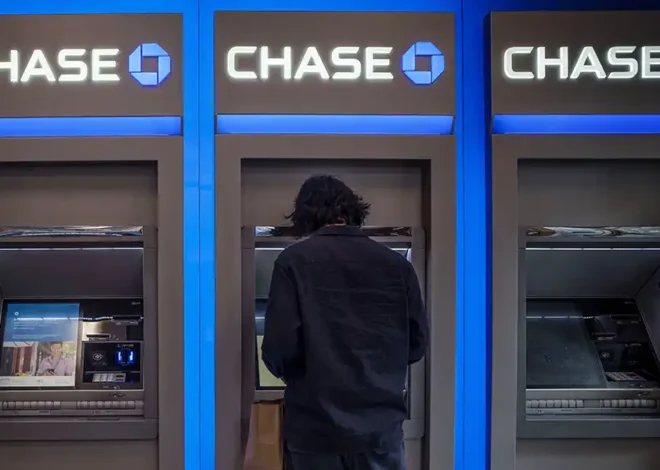Don’t Be a Supermarket Zombie
It’s 5:45 p.m. on a Friday. You are exhausted from the week and have just one more stop before home and the controlled chaos of movie night with your family. You simply need milk, paper towels, “fancy cheese” for your husband – couldn’t he be more specific just once – and the specialty fish sticks for your finicky fourth grader. Easy right? You’ll be in and out in 10 minutes and maybe even leave with a little cash in your pocket.
Not likely. You are outmatched by an army of scientists, marketers, psychologists and businesspeople behind the scenes dedicated to figuring out what makes you shop, spend and splurge. By learning some of the tricks of the trade, you can become a supermarket sleuth and avoid the money traps.
In fact, supermarkets are scientifically thought-out money traps. They are designed to soothe your mind and ease you into spending submission. Simeon Scamell-Katz, a leading consumer analyst and author of The Art of Shopping: How We Shop and Why We Buy, notes that, “Shopping is so ritualized that we walk around like Zombies.”
So your goal is to snap out of Zombie mode and learn to be strategic. Know where the traps are lying in wait and make a game plan to get around them swiftly and painlessly.
Let’s start with the store’s entrance. This space is designed to put you in a good mood. Fresh flowers, colorful bakery items, aromatic coffee, clever displays and once-in-a-lifetime specials fill the area. The hope here is that you will toss in one or two impulse buys like a coffee and a pastry or a batch of fresh flowers or five bottles of Pepsi because of the heart-stopping, can’t-resist-it-amazing sale (even though you did not come in for any of that).
The next trap is the size of the dang carts. They are often huge and that in and of itself is a psychological trick – after all, who wants to leave space empty? Filling space makes us feel better. So to combat the “fill up” need – head to the middle or back section where all the boring staples (milk, eggs, soup and butter) are hidden. Fill up on what you came for first – then be super selective about the rest.
By doing this you will also avoid hitting the produce first. This can be a trap because fruits and vegetables are healthy and fresh – so again, you feel good about buying them, but as Paco Underhill, author of Why We Buy, states “Produce has the highest profit margin, and you are less disciplined at the beginning of your shop.” So you may end up buying more fruits and vegetables then you want or need. (Still buy them, just do it at the end – and they are less likely to get squished!)
As you make your way through the aisles steer clear of samples. Or if you have a sample, do not feel the need to purchase what they are selling. Again they are using a psychological trick. A small bite of food physically triggers your body to want to eat. Wanting to eat makes you a much less discriminating shopper.
Have you ever noticed that the super sugary cereal is right at your child’s eye level? Well eye level is key! Supermarket researchers have proved that we tend to look just below eye level. It is our tendency to purchase items in these comfort zones. To avoid this trap, train your brain to look up and look down to find the best deals (they are often lurking on the bottom shelves or on the top-most, hard-to-reach places).
Also, beware of the special promotions – especially the ones found at the end of aisles known in the grocery industry as “end caps.” Often, these end-cap items aren’t even on sale but just a promotion designed to catch the shopper’s eye.
Finally as you end your supermarket journey, you may be tired and there is a tendency to fall back into Zombie mode. But stay alert people! The checkout is where they place tons of last-minute impulse items Colorful and friendly looking – what harm will it do to throw in a couple of extras. Especially if the kids are yammering for them. Resist the temptation! Make sure to tell yourself and others shopping with you that there are no last-minute items (unless they are planned for in advance).
And finally, watch the items ring up or check your receipt before you walk out. More often than we know, the scanner does not ring up the price you read, but instead a higher price (but at that almost-out-of-here moment people are usually too exhausted to care or make a fuss). In fact, a 2008 Consumer Reports survey found that six percent of respondents said they were overcharged at the register.
With a little sleuthing you can learn to spot the money traps and outwit the supermarkets at their own game.
Happy shopping – and saving!
For more information on Women and Money, please visit, www.womenwealthywise.com





